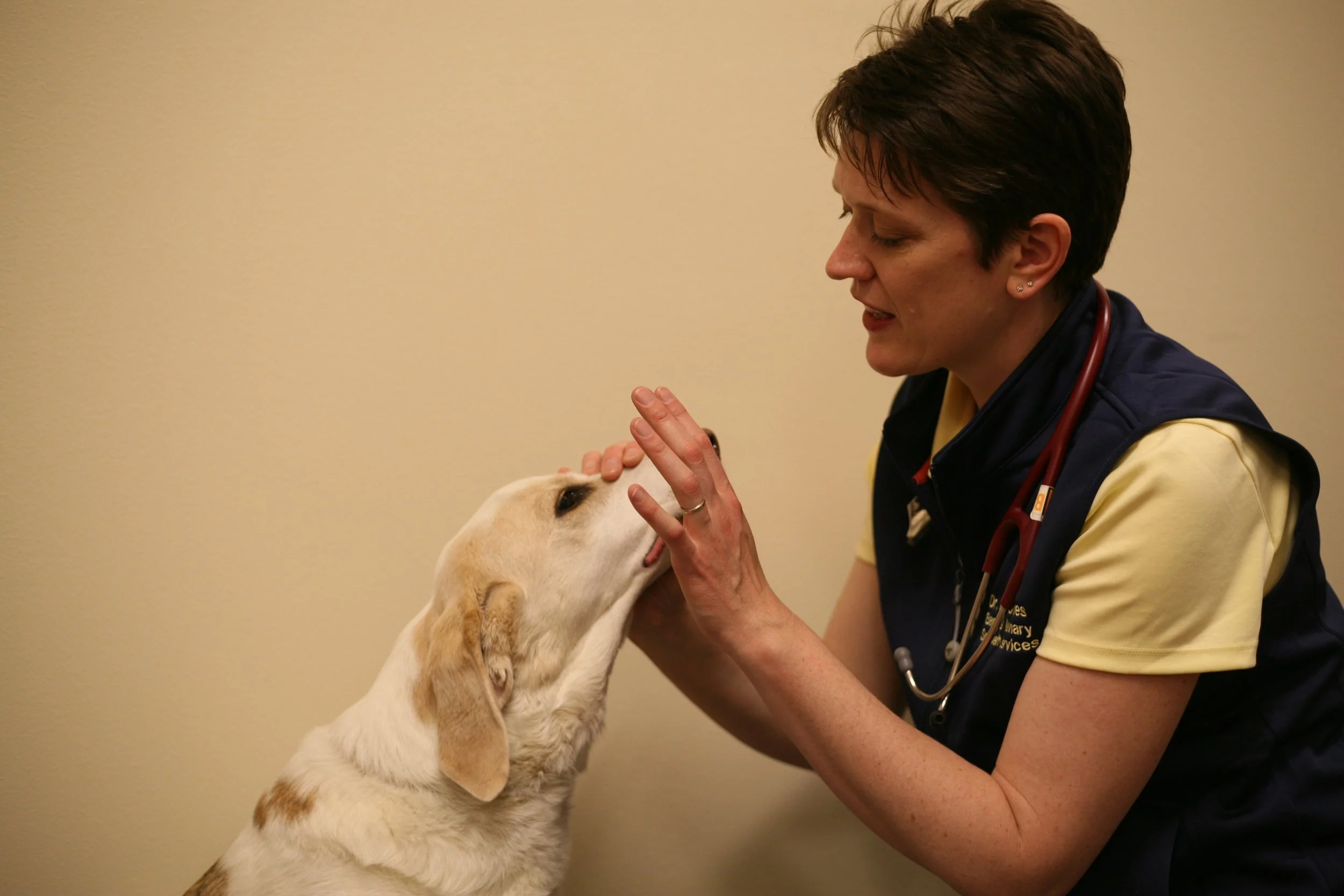Picture this...You are presented with a 4 year old Pug with a history of "bumping into things" recently. You do a complete physical exam, including a fundic exam and neurologic exam (self high five!) and find the following changes:
Mentation: Quiet, alert and responsive
Cranial nerves: Absent menace OS, intact PLR, intact ocular movements, normal remaining cranial nerves
Gait: normal
Postural reactions: absent left pelvic limb, all others normal
Reflex: normal all limbs and cutaneous trunci
Palpation: non painful.
First question: Does this patient have neurologic disease?
Golly, if it didn't this would be a silly TidBit Tuesday, wouldn't it? It seems odd to ask this question but I feel it is a good habit get into, to ensure you're not trying to make a non-neurologic problem into a neurologic one. Interestingly, a recent report identified 8% of pets referred to a University Neurology service had "pretenders" disease (ex: cruciate rupture that was mistaken for a neurologic condition).
Second question: What is the neuroanatomic lesion localization?
Start with basic anatomy. In a very simplistic sense, menace uses CN 2 (sensory) and CN 7 (motor) with a pass through the prosencephalon to connect the two CN. This is a complex pathway that we don't fully understand but the true bare basics are CN2, pass through the prosencephalon and CN 7. Damage to 2, prosencephalon or 7 will result in a menace deficit. Now, expand the anatomy to include the pathways. The left eye uses left CN 2, crosses and uses right prosencephalon and then back to the left CN 7.
We still don't know if it is CN 2, prosencephalon or CN 7 that is affected, right? Isolate CN 2 from CN 7 by doing PLR.
PLR = CN 2, midbrain, CN 3.
Deduction would say that if PLR is normal then CN 2 must be normal too, right?
Now we need to sort out if the menace deficit is due to disease of the prosencephalon or left CN 7. So, isolate CN 7 from CN 2 by looking at the blink reflex.
Blink reflex = CN 5, and 7.
If you tap the medial and lateral canthus and they blink, CN 5 and 7 must be intact! In the case above, we said all cranial nerve tests, other than the menace response, were normal. Therefore, CN 7 must also be normal.
Voila! Neuroanatomic lesion localization is RIGHT prosencephalon!
What about that postural deficit in the left pelvic limb, you ask?
That pathway goes from the pelvic toes --> up sciatic nerve -->up left spinal cord --> up left brainstem to cross in the midbrain --> ends in right prosencephalon.
This dog has a right prosencephalic lesion (aka right forebrain) giving both a left menace deficit and left pelvic limb deficit. Well done! You now know WHERE the problem is coming from and can build your differential diagnoses list for a focal prosencephalic lesion and/or refer them to a neurologist (instead of an ophthalmologist) for further testing.
Want more? I can do personalized CE at your hospital. We can go through neuroanatomic lesion localization, discuss seizure cases, or any other topic you and your colleagues might find helpful for your practice. Email me for additional details.
Have a great week and stay warm!

